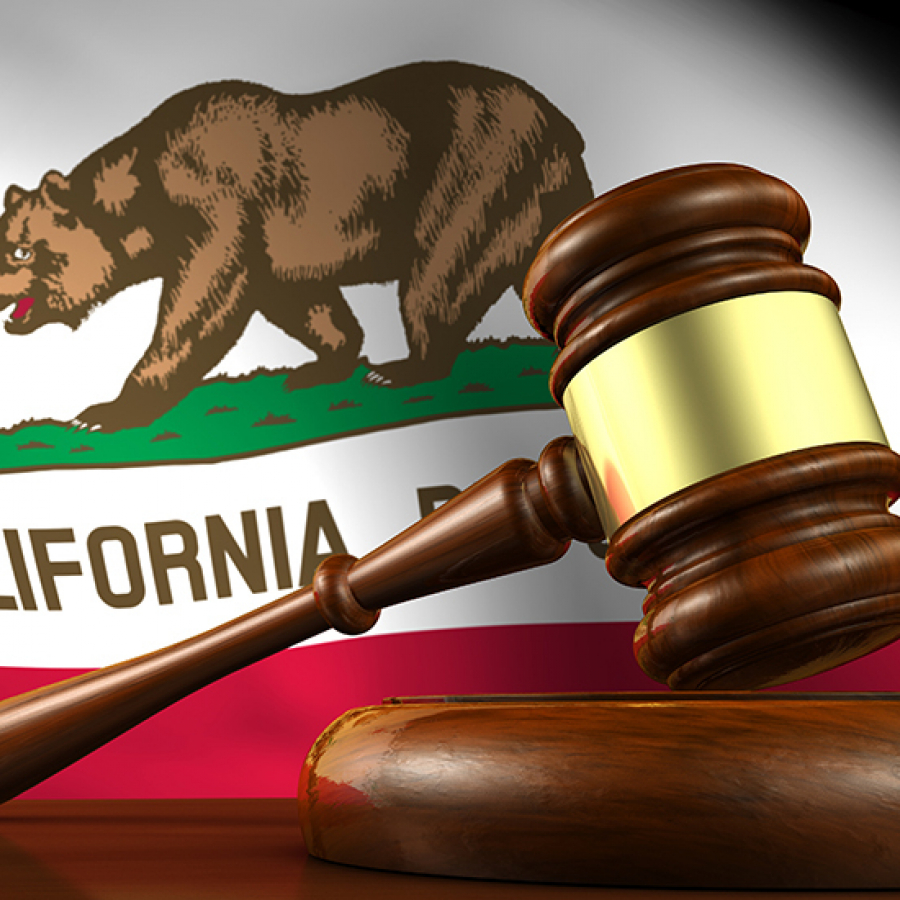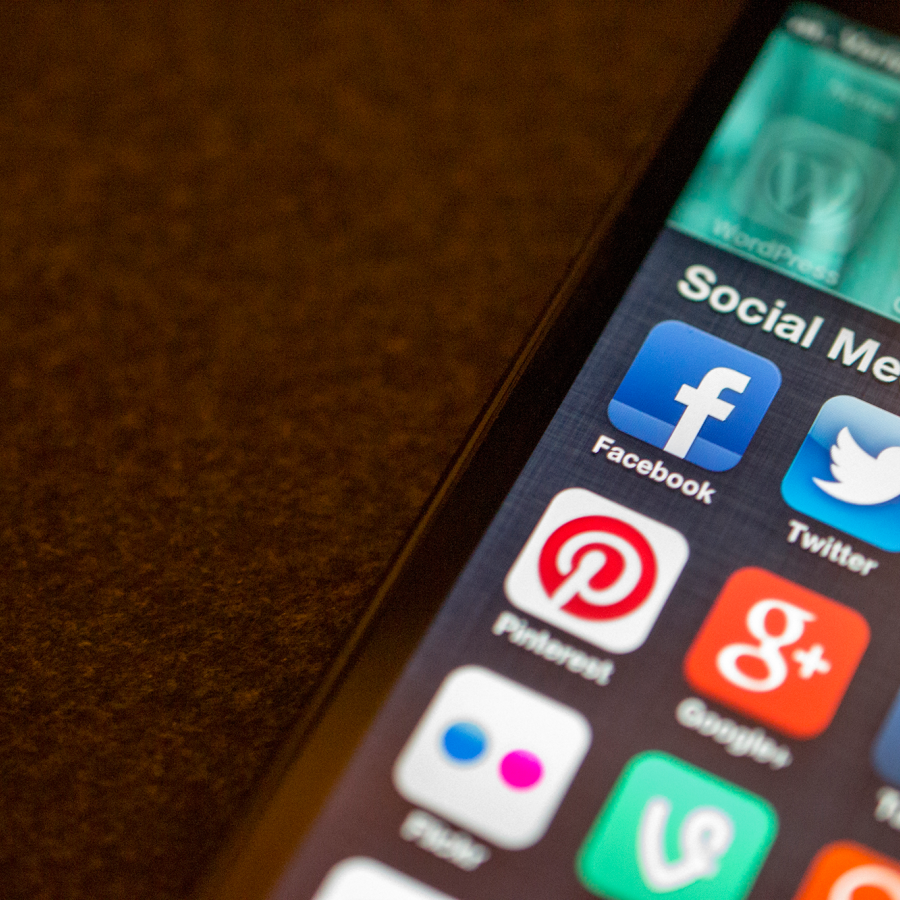
Legal
Second California Law That Affects MSOs Passes
California has now passed two laws that will have an effect on how investors, health care entities and management services ...

Show your committment to patient safety, legal compliance and community over competition.
AmSpa members receive preferred pricing on all AmSpa live and virtual trainings.
Get the latest news and information about safe, legal practice in medical aesthetics directly in your inbox.
Get access to med spa laws, in-person and online training and more!
Posted By Aly Boeckh, Tuesday, October 3, 2017
By Alex R. Thiersch, JD, Founder/Director of the American Med Spa Association (AmSpa)

Social media influencer marketing isn't heavily used in medical spas yet. According to AmSpa's 2017 Medical Spa State of the Industry Report medical aesthetic practices rely most heavily on their website, email marketing, and their own free social media channels to reach new patients. In many other industries, however, online influencers are gaining a lot of attention from marketers looking for effective ways to reach certain demographics.
If you ask a Millennial who his or her favorite entertainers are, you very likely will be introduced to a world beyond movie stars, rock stars, and comedians—the world of social media stars. These enterprising individuals create their own content and broadcast it over social media for the world to see. Although this form of celebrity might seem unusual to some, the potential reach of social media networks is undeniable. YouTube, the ubiquitous video site, claims to have more than 1.5 billion active visitors each month, and Twitter has 328 million active users per month. Some social media celebrities have garnered enormous followings—for example, more than 57 million YouTube accounts subscribe to the channel of controversial video game vlogger PewDiePie (aka Felix Kjellberg).
In marketing terms, these social media celebrities are known as influencers. And because these influencers' audiences are huge and extremely dedicated, marketing professionals have begun to dedicate a great deal of time and effort to reaching them. This has led to the rise of this new type of marketing known as "influencer marketing," whereby the influencers are paid to tacitly endorse a product rather than overtly promote it. This is seen by marketers as a way to establish credibility with the influencer's followers without engaging in the bald consumerism of conventional advertising. What's more, it has proven to be extremely effective, with advertisers reporting immediate upticks in activity on their social media sites and websites, which translates directly into sales. This is considered to be among the best ways to reach Millennials, a demographic that is known to be notoriously difficult to market to.
Medical spas have not yet engaged in a great deal of influencer marketing, but given the growth of this type of advertising, it likely is only a matter of time before it becomes a part of medical spas' marketing strategies.
However, the Federal Trade Commission (FTC), which regulates advertising on the airwaves, has issued a statement that warns influencers to be very careful when they engage in this type of marketing, because truth-in-advertising requirements mandate that they very clearly disclose when they are being paid to promote a particular product or service. When you see an advertisement on television or in a magazine, it is very obvious that it is a paid marketing unit; this is because the FTC wants to ensure that the public is fully informed when it is being sold to, because otherwise the ad can be viewed as misrepresentation.
The problem with influencers mentioning products is that often, they do not disclose that they are being compensated. The FTC considers this a problem. Influencers have a great deal of selling power, even though they might not necessarily realize it.
In April 2017, the FTC revealed that it issued warning letters to more than 90 social media influencers. These letters explain very explicitly that the influencers need to be careful, and that they need to disclose very specifically if they are being paid to talk about a product. In a blog post explaining the letters, the FTC offered the following advice:
Keep your disclosures unambiguous. Vague terms like "Thank you," "#partner," and "#sp" aren't likely to explain to people the nature of the relationship between an influencer and the brand. There's no one-size-fits-all way to make that disclosure, but an unfamiliar abbreviation or cryptic word subject to multiple interpretations probably won't do the trick. Approach the issue by asking yourself "In the context of this post, how can I make the connection clear?"
Make your disclosures hard to miss. In addition to what you say, consider where you say it and how it will look to consumers on the devices they're using. People should be able to spot the disclosure easily. But if they check their Instagram stream on a mobile device, they typically see only the first three lines of a longer post unless they click "more." And let's face it: Many people don't click "more." Therefore, disclose any material connection above the "more" button.

Avoid #HardtoRead #BuriedDisclosures #inStringofHashtags #SkippedByReaders. When posts end with a jumble of hashtags, how likely is it that people really read them? That's why a "disclosure" placed in a string of other hashtags isn't likely to be effective.
If your medical spa is using an influencer marketing program or is interested in exploring this type of campaign, make sure the influencers with whom you're working know the rules governing this type of advertising. If not, they could be subject to severe penalties from the FTC.
Related Tags
Medical spa news, blogs and updates sent directly to your inbox.

Legal
California has now passed two laws that will have an effect on how investors, health care entities and management services ...

Social Media
A prospective aesthetic patient today will have already heard, seen or read about dermal fillers in their social media feed ...

Legal
A newly passed law in California will prohibit certain contractual provisions between medical and dental practices and private equity groups ...

Legal
By Patrick O'Brien, General Counsel, American Med Spa Association (AmSpa)The September bulletin from the Texas Medical Board (TMB) helps to ...